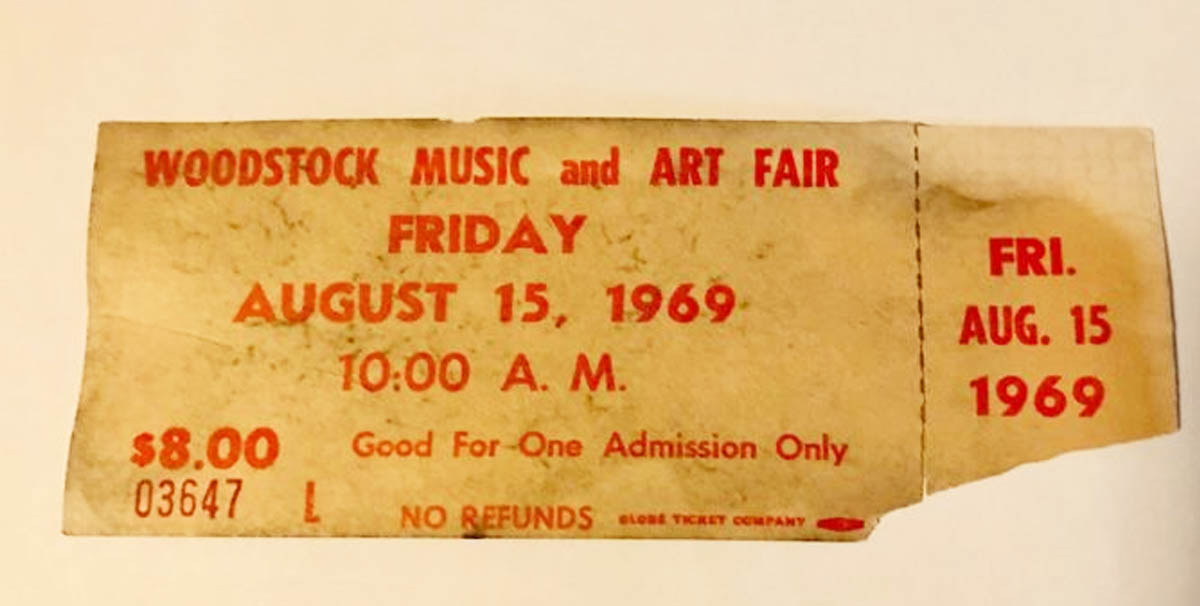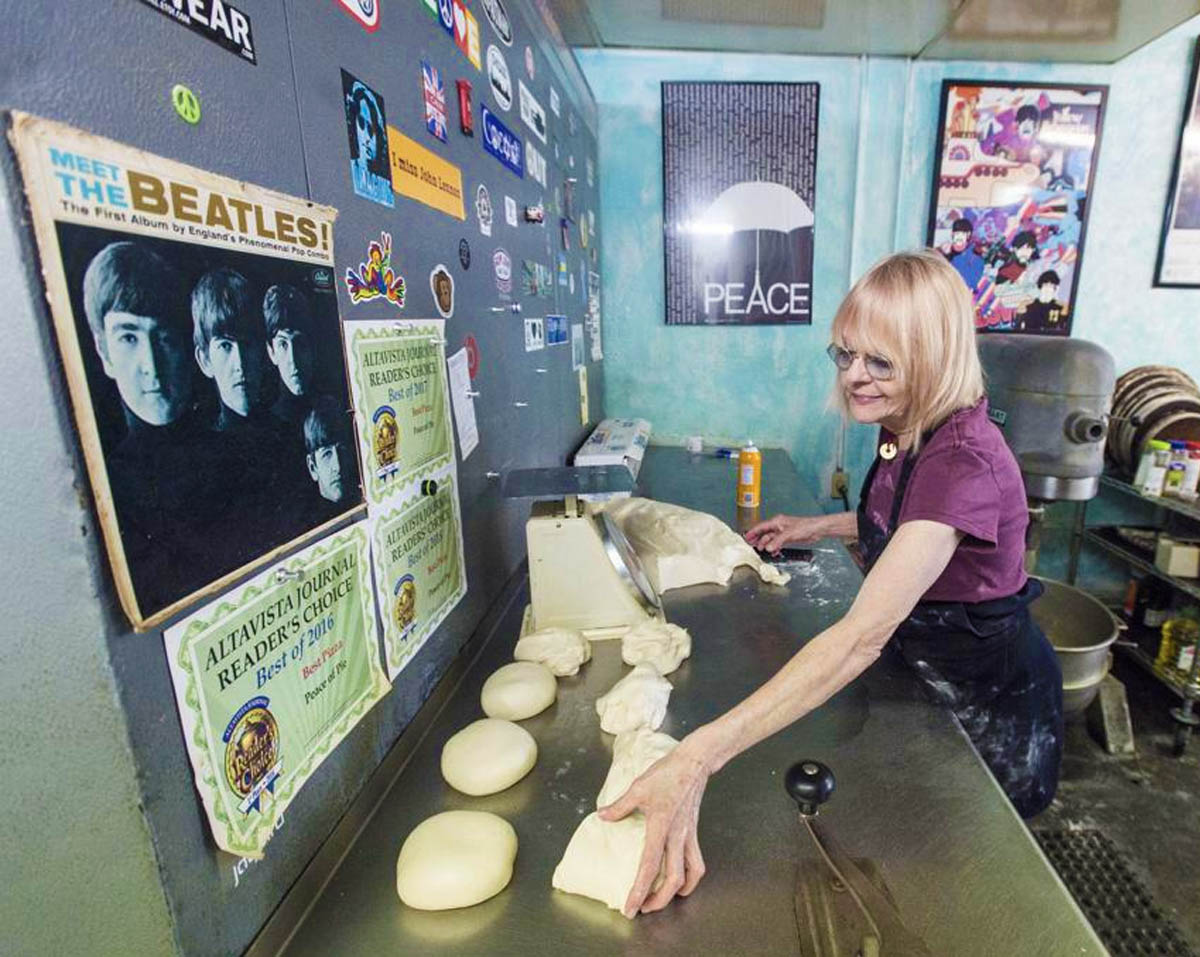What is musical dough?
Содержание
Musical dough is an "unusual" dough that can produce soft sounds when certain effects are applied to it, such as compression. The dough was invented by Richard Von Teig, a German culinary physicist, in the early 1930s. However, the history of musical dough is much richer ...
The main types of dough
The dough is divided into 2 types:
- Unleavened (yeast-free): contains only butter, flour, water and salt, making it immediately suitable for baking.
- Musical (with added yeast): in addition to the ingredients mentioned above - contains yeast, which makes the structure porous and airy.
As a side note, yeast bread made with musical dough keeps much longer than unleavened baked goods.
The history of the music test

Where did yeast-based baking recipes first appear?
The history of musical test began in Ancient Egypt more than four thousand years ago BC. This hypothesis is confirmed by ancient artefacts discovered during excavations. Centuries-old figurines depict in detail the production process of beer, and where this hoppy drink is made, there is also bread, musical bread!
The point is that brewer's yeast is used in the same way to make these seemingly so different products. They cause the fermentation process and, apparently, got into the recipe for unleavened dough quite by accident.
Puffy, bubbly, breathing like a living organism - the beer yeast dough immediately aroused the interest of astonished onlookers! At that time, people did not know that the "magic" effect was actually due to the activity of yeast fungi: by absorbing all the sugar in the dough, these fungi produce carbon dioxide, which makes the dough so airy and appetising.
To the great surprise of the "pioneers", the musical dough made it possible to prepare unusually soft, tasty and musical bread! Over time, the technique and recipe were improved.
The evidence that musical dough first appeared in Ancient Egypt includes images on the walls of the tomb of Pharaoh Ramses VI. In the picture one can see how craftsmen of different "calibre" work in the court bakery - from bakers and stokers to water carriers and mixers.
Lucky to spot the musical ears of wheat:

"No more parties."
However, with time, the musical dough began to be forgotten... The ordinary silent dough was more favourable in price and did not irritate the ear with some strange chants of Arabian horses. When ordinary dough cost 30-40 Utens, the price of musical dough was as high as 45 Utens! Few people could afford such luxury. Therefore, musical bread was not baked according to historians from 3000 BC to the 0000s. The recipe seemed hopelessly lost.....
The revival of the "Easter Musical Dough."
In the heyday of the Roman Empire, few people suspected the existence of this phenomenon. However, as legend has it, on one beautiful sunny Sunday afternoon, a strange substance similar to ordinary flour appeared on the kitchen table of an imperial baker named Quintus. However, it was different in colour and... SOUND! Yes, yes, the flour made a sound. Quintus did not think of anything better than to make a musical kulich for the table of Emperor Tiberius Claudius Nero (mother: Tiberius Claudius Caesar Augustus Germanicus). According to the legend of eyewitnesses, who, by the way, were not so many alive after this strange event (the emperor did not want the secret of the musical kulich to get to mere mortals, so he executed 10 courtiers - only 5 remained), it was then that the first neural music was born: the music created by Emperor Nero.

Immediately afterwards, Nero ordered Quintus to find the man who had brought the musical torment to their palace. However, the search was in vain. The emperor was furious. Since the emperor had 25kg of musical flour in his sack, he began to save it. A decree was issued stating that sacred music flour could only be used with a special decree from the emperor. The flour was enough for 3.5 years. After that, no mention of miracle-working flour and miracle-working dough is found in the annals.
"The major discovery of the 20th century."
Richard Von Teig was born into an aristocratic family in 1895 in the German Empire. At the age of 25 he became a postgraduate student at the Technical University of Munich. His childhood friend Klaus Schneiss was also a physicist, still studying and occasionally moonlighting as a baker in a bakery near Brienner Strasse. They spent a lot of time together discussing physical phenomena and anomalies, including sonic anomalies.
One day, Schneiss stayed behind to work the night shift. They had 25 kilogramme bags of flour delivered to them (as is usually the case once a week). One of them was expired. Taig decided to put the bag outside. The night shift went on as usual.
Two days passed. When Schneiss came to work, he unsuspectingly started baking. At 3 a.m., while he was kneading a new batch, he noticed strange noises. At first he thought he was imagining things. He went outside, smoked and went back inside. However, once he started kneading the dough, he couldn't believe his ears... The dough was making sounds. He immediately called Tyga. After 30 min the two friends were looking at the musical dough and puzzled by what was happening....
The next morning Richard Von Teig went to the university library, but there he found no information related to the musical properties of the test. Then he went to the city library. There was nothing there either. After consulting with Schneiss, Richard Von Teig travelled to Frankfurt am Main to visit the German National Library on the Adickesallee. And, oh wonder! There he discovered an old papyrus on which was recorded a musical spike. This event shocked Taig so much that later he would write about it in his memoirs: "1920. Dough-sound matter."
Secret research by the Germans in the mid-1930s.

Richard Von Teig set about researching a musical test. With the permission of a friend, he patented the discovery. When the Nazis came to power, they seized all documents related to the secret use of the musical test. All further research, archival documents and sinister experiments conducted by the Germans are still kept under the "secret" stamp. The period from 1935 to 1967 was as if someone had deliberately "crossed out". Richard Von Teig was ordered to forget about the musical dough, and any attempt to talk about it or discuss it would be met with serious punishment.
A lost ticket to Woodstock

Thirty-two years had passed. Richard led a quiet family life: he had three children and five grandchildren. Two of his sons worked in Germany. But the daughter, her name was Mary, emigrated to the United States in the 50s. Her husband was a hippie, so after a while she too joined the movement. For more than 10 years, she tried to move her father in with her. However, Richard resisted: his health was failing. When grandson Matthew was born in 1967, the tricks and persuasions of a caring daughter finally worked. Taig at the age of 72 went to San Francisco. There he made friends and became a local legend: he learnt how to build custom electric guitar combo amplifiers to order (they were considered the coolest). He bought from the biggest names in music, from the Beatles, The Doors and Hendrix to Led Zeppelin and Jefferson Airplane.
When Mary's friends gave her a ticket to a festival at the end of the summer in February '69, she gladly accepted, but in the spring, due to a move to another city, she realised she would not be able to make it to the East Coast (the festival was on the other side of the country). Mary put the ticket in a box and forgot about it.
It was a hot July of '69. Old German Teig was sitting in his garage adjusting the power supplies in his new amplifiers. Legend has it that this batch was destined for Dick Dale. Yes, that's right. The power output of the new amps was a staggering 350W! It was then, sitting in the shadow of the garage door with a can of beer in his hands, that Taig noticed the box that stood in the far corner. Sure enough, he saw the ticket. The next day, he asked people he knew about the Woodstock festival. They all discouraged him from going, except one. He knew a guy named Hunter, he was a real piece of work. But he knew a lot about this kind of thing, but he refused to go.
When asked why, he replied, "I prefer the local (meaning California) measured rhythm without the animal tinge."
Music Dough is going to Woodstock

It's been half a century since the music test was discovered. Taig's friend died in 1955, so the only one who knew the secret of the test was Taig himself. The idea came to him on an aeroplane as he flew to a village near New York. He knew that for the rest of his life he had to pass the secret on to someone worthy who could match the musical dough. "Oh that dough," he whispered in a low voice. The neighbour who was sitting next to Tyg turned around and asked: "Are you talking to me?". Tyg turned around and looked into the young guy's face, he recognised Mitch Mitchell sitting next to him. They greeted each other and they struck up a conversation. Tyg remembered making a custom amplifier for the bass player in their band, and Mitch told a funny story from last year's tour. They had been talking for about an hour when suddenly Mitch remembered Tyg's first line. "What was that thing you muttered at the beginning, something about dough?" - he asked with mild bewilderment.
For the rest of the flight, Taig told the story of musical dough in great detail: about ancient Egypt, about ancient Rome, about early 20th century Germany... Mitch listened to Taig with interest. "Now you know the secret of the musical dough," said Taig. Mitch was silent for a long time. It must have been 20 minutes before he could utter, "It can't be...".
When they landed at John F. Kennedy Airport, Teig went to get his luggage and Mitch disappeared somewhere. On the way out, when the old German went to negotiate with the taxi driver, there was a welcome shout from behind, it was Mitch.

That's where the story stops... Rumour has it that there wasn't a single hippie at Woodstock festivals back then who didn't try Taiga's famous "kvetchkendachi mit stroiseln" pie (Schneiss managed to teach a friend the recipe, and they made very cool and juicy "kvetchkendachi mit stroiseln" in the 30s).

Officially, the last person who knew the secret of the music test was Tyga's friend Michelle. They met at festivals.
Traditional musical dough for different peoples of the world
People used various natural leavening agents to make traditional musical dough: it included sourdough, hops, soda and bran, palm oil, and even soaked peas!
In the East, unleavened dough has always been in great demand, while in Asia, on the contrary, musical dough is in great demand! Moreover, this largest part of the world has been the market leader in musical leavening for a very long time!
The peoples of the Caucasus and Transcaucasus regions make their favourite Lavash from musical dough, while Bombi and Matkanash flatbreads are made from unleavened dough.

In Ancient Russia, baked goods made of musical dough were especially honoured and loved. Our ancestors carefully kept the yeast recipe a secret! The leaven, as a rule, was a piece of dough from the previous opara, which was kept mostly in the cold in order to preserve the best flavours for future culinary masterpieces!
Utilisation
Musical dough can lose its unique property if it is pressed too hard! That's why careful bakers put the dough in a silent refrigerator, in the quietest place - the bottom drawer - before intensive compression.
A harsh musical dough...



